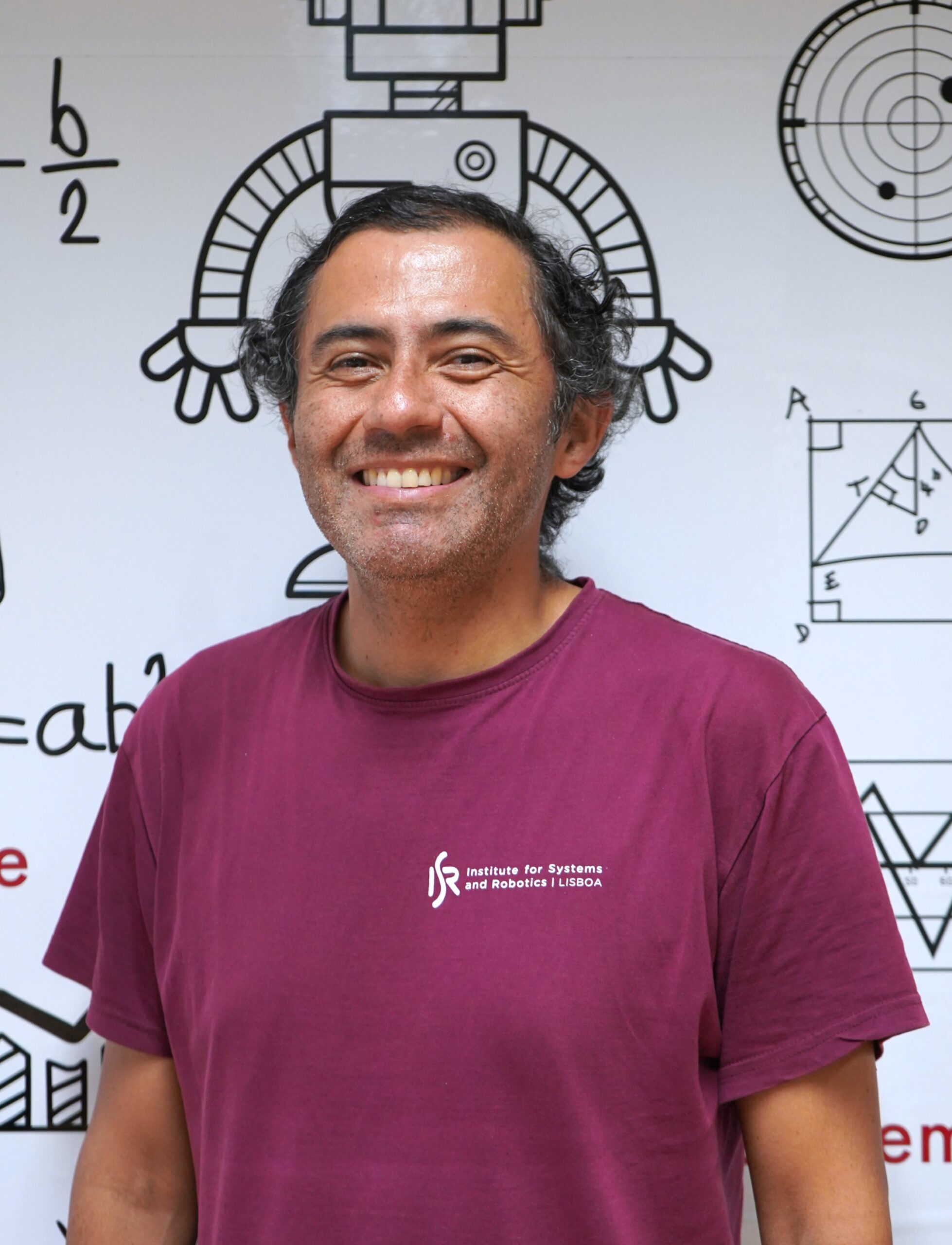| Acronym | DCCAL |
|---|---|
| Name | Discrete Cameras Calibration using Properties of Natural Scenes |
| Funding Reference | FCT - PTDC/EEA-CRO/105413/2008 |
| URL | http://users.isr.ist.utl.pt/~jag/project_dccal/ |
| Dates | 2010-01|2013-06 |
| Summary | Early experiments in psychological research, such as the famous experiments with the prism and the inverted glasses (F. Snyder and W. Pronko 1952, G. Stratton 1896, I. Kohler 1962), revealed that much of the geometry of the humans vision is known beforehand and is saved in the brain as imaging experiences. In particular, those psychological experiments showed that a person wearing distorting glasses for a few days, after a very confusing and disturbing period, could learn the necessary image correction to restart interacting effectively with the environment. This amazing learning capability of the humans vision system clearly contrasts with current calibration methodologies of artificial vision systems, which are still strongly grounded to the a priori knowledge of the projection models. Usually the imaging device is assumed to have a known topology and in many cases to have a uniform resolution. This knowledge allows detecting and localizing edges, extrema, corners and features in uncalibrated images, just as well as on calibrated images. In short, it is undeniable that locally, and for many practical purposes, an uncalibrated image looks just like a calibrated image. This project departs from traditional computer vision by exploring tools for calibrating general central imaging sensors using only data and variations in the natural world. In particular we consider discrete cameras as collections of pixels, photocells, organized as pencils of lines with unknown topologies. Note that distinctly from common cameras, discrete cameras can be formed just by some sparse, non regular, sets of pixels. The main idea is that photocells that view the same direction of the world will have higher correlations. As distinct from many conventional calibration methods in use today, calibrating discrete cameras requires moving them within a diversified (textured) natural world. This project follows approaches based on information theory and computer learning methodologies. |
| Research Groups |
Computer and Robot Vision Lab (VisLab) |
| ISR/IST Responsible | |
| People |




